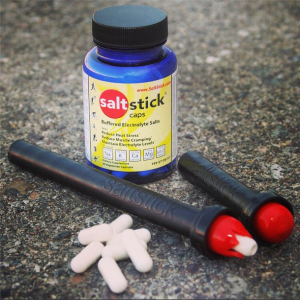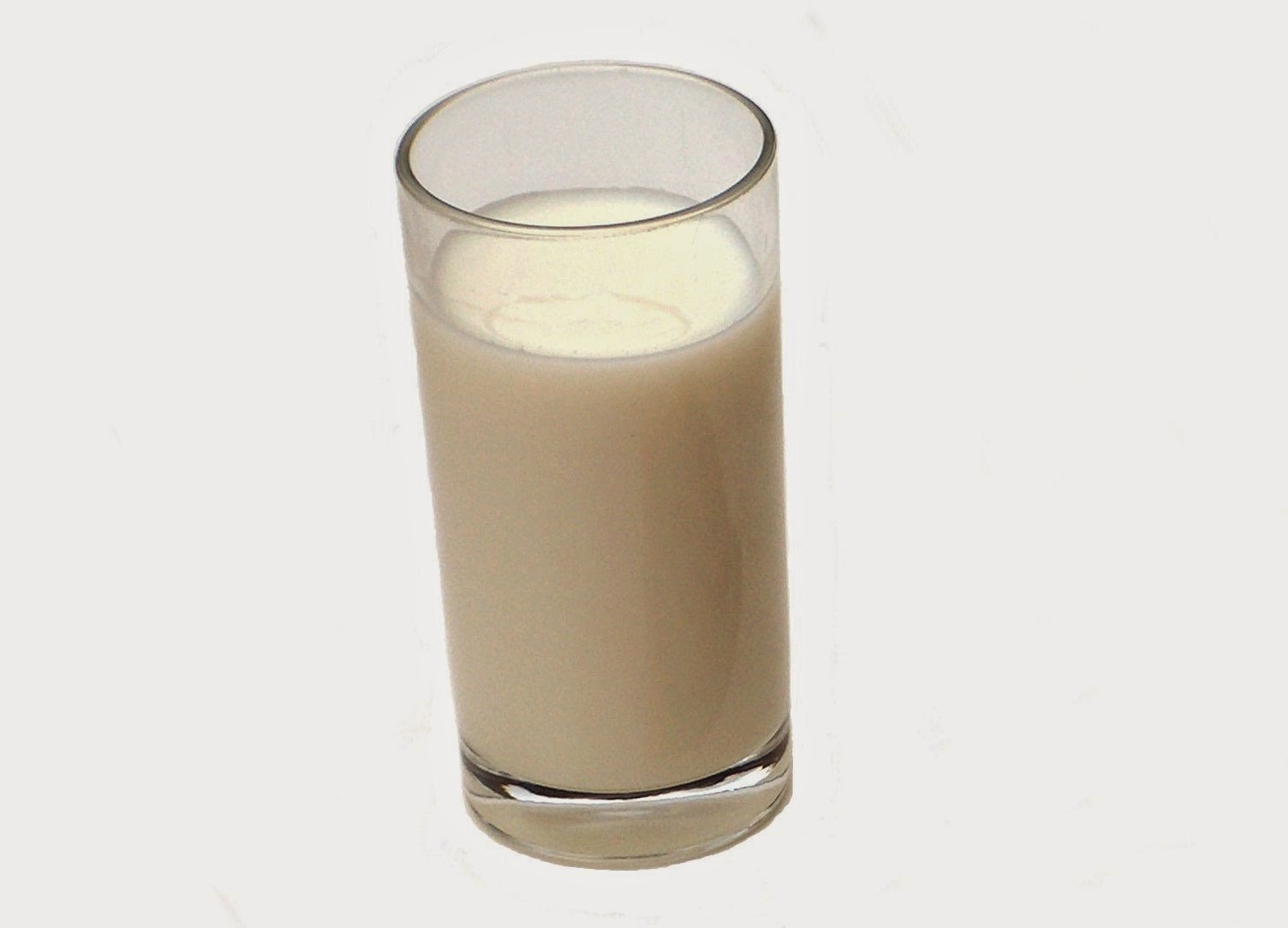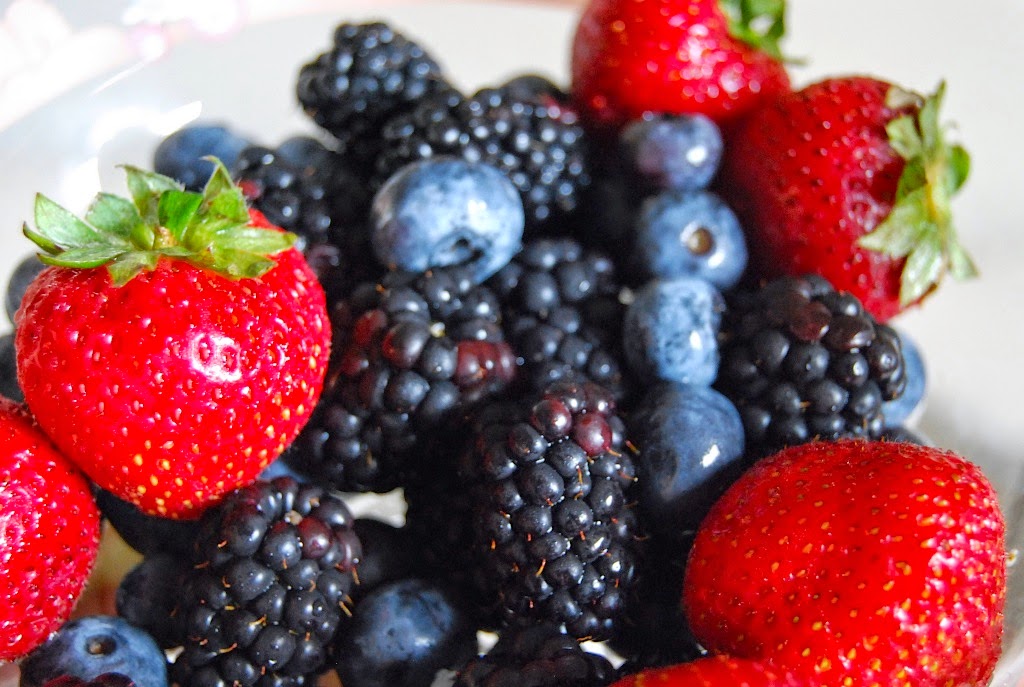
If you’ve ever tasted sweat dripping down your face, you’re well-aware of its saltiness. When we exercise, we lose both water and salt in the form of sweat, and these need to be replaced both during and after our workout. When our body is properly hydrated, it contains an optimal ratio of salts and water, which is essential for healthy cell functioning. Four key electrolyte (salts) are sodium, potassium, calcium and magnesium. This ratio is maintained at a healthy level through a process call homeostasis, or self-regulation. Under normal conditions, the body retains or excretes excess salt or water to maintain the correct concentration within blood.
You may have also heard about electrolyte loss during exercise. If you go back to high school chemistry, you may recall that an electrolyte helps conduct electricity because it dissociates into ions when dissolved in water. Our bodies need these electrolytes to help conduct nerve impulses so that our muscles can contract and relax. If electrolyte levels are depleted, this process becomes difficult, and our muscles may respond by cramping. This is why one common remedy to muscle cramps during exercise is to consume more electrolytes from sources such as SaltStick Caps. The most important electrolytes are sodium, potassium, calcium and magnesium. Chloride also plays important roles and is usually lost alongside sodium.
Indeed, these electrolytes, and the salts you need to replace during and after exercise, are one and the same. During exercise, we advise you to take 1 – 2 SaltStick Caps per hour, along with water. SaltStick Caps were developed as a study of scientific literature on electrolyte loss in sweat, sourcing highly bioavailable ingredients, and field testing. They replace electrolytes lost during exercise at an optimal ratio. The goal is not to replace the exact amount lost in sweat, but rather some 50-80% of what was lost, which is typically the limit as to what your body can effectively re-absorb during exercise. However, before and after exercise, it’s always a good idea to consume water and salts through your normal daily diet. Here are a few good sources:

Calcium:
- Benefits: Aside from building stronger bones, calcium can help ensure proper muscle contraction and vascular contraction and expansion. Calcium has also been shown to reduce the absorption of dietary fat, which may help people trying to lose weight.
- Where to get it: Dairy products, baked beans, almonds, broccoli, kale and other dark green leafy vegetables. It’s also essential to take in Vitamin D through sunlight exposure or through a supplement to help your body absorb calcium.
Magnesium:
- Benefits: Like calcium, magnesium helps your body maintain proper bone mass and density. Because it’s an electrolyte, it’s essential for nerve signals and muscle contraction. Also, it can help neutralize stomach acid, which is why magnesium is sometimes prescribed as a laxative.
- Where to get it: Legumes, whole grains, almonds, dairy products, chocolate, broccoli, squash, and other dark green leafy vegetables.
Sodium:
- Benefits: We may have been trained to believe sodium is a bad thing, and it is if you consume too much of it. But sodium is actually an essential salt, needed for muscle contraction and cell functioning. As the primary electrolyte in the body, sodium is needed for blood regulation, and it’s very important for maintaining adequate fluid levels within the human body.
- Where to get it: The standard American diet includes and abundance of sodium, but as an athlete, you’re hopefully not eating that way! Healthy sources of sodium include apples, common salt, homemade soups, cabbage, egg yolks, bananas, carrots, turnips, dark green leafy vegetables and dried peas.

Potassium:
- Benefits: Like all electrolytes, potassium is essential for muscle contraction. It’s also crucial for a properly functioning heart and kidneys. Because the body works in ratios of salts as opposed to absolute amounts, one of the easiest ways to counteract a high sodium diet is to consume more potassium. Luckily, though, a diet full of fruits and vegetables is naturally high in potassium and low in sodium, meaning you’ll maintain an optimal balance by simply eating healthy.
- Where to get it: Potassium comes most famously in bananas (which is why they are the favorite fruit of runners). But you can also consume potassium in potatoes, tomatoes, avocados, fresh fruits (oranges, and strawberries), dried fruits (raisins, apricots, prunes, and dates), spinach, beans and peas.